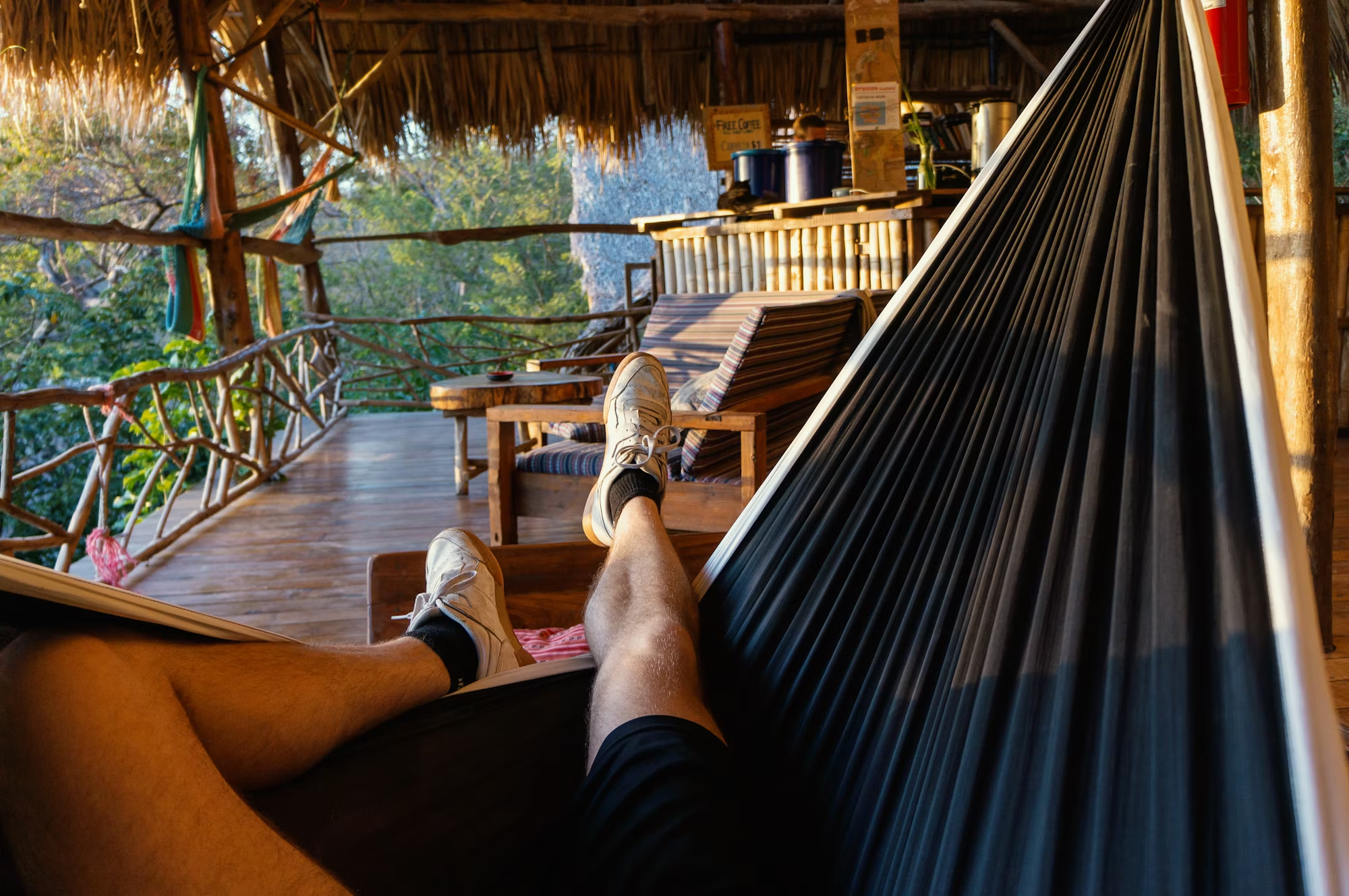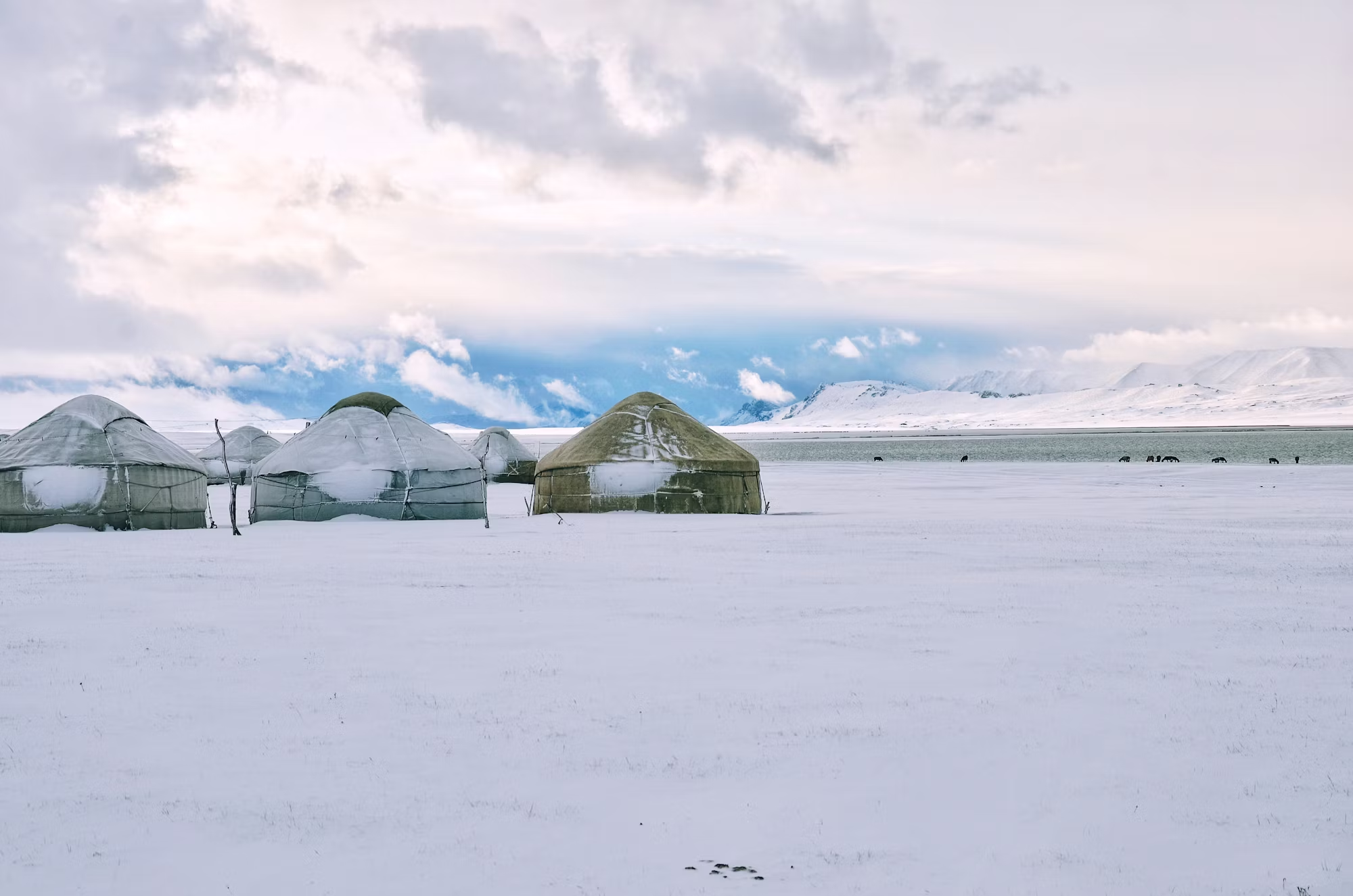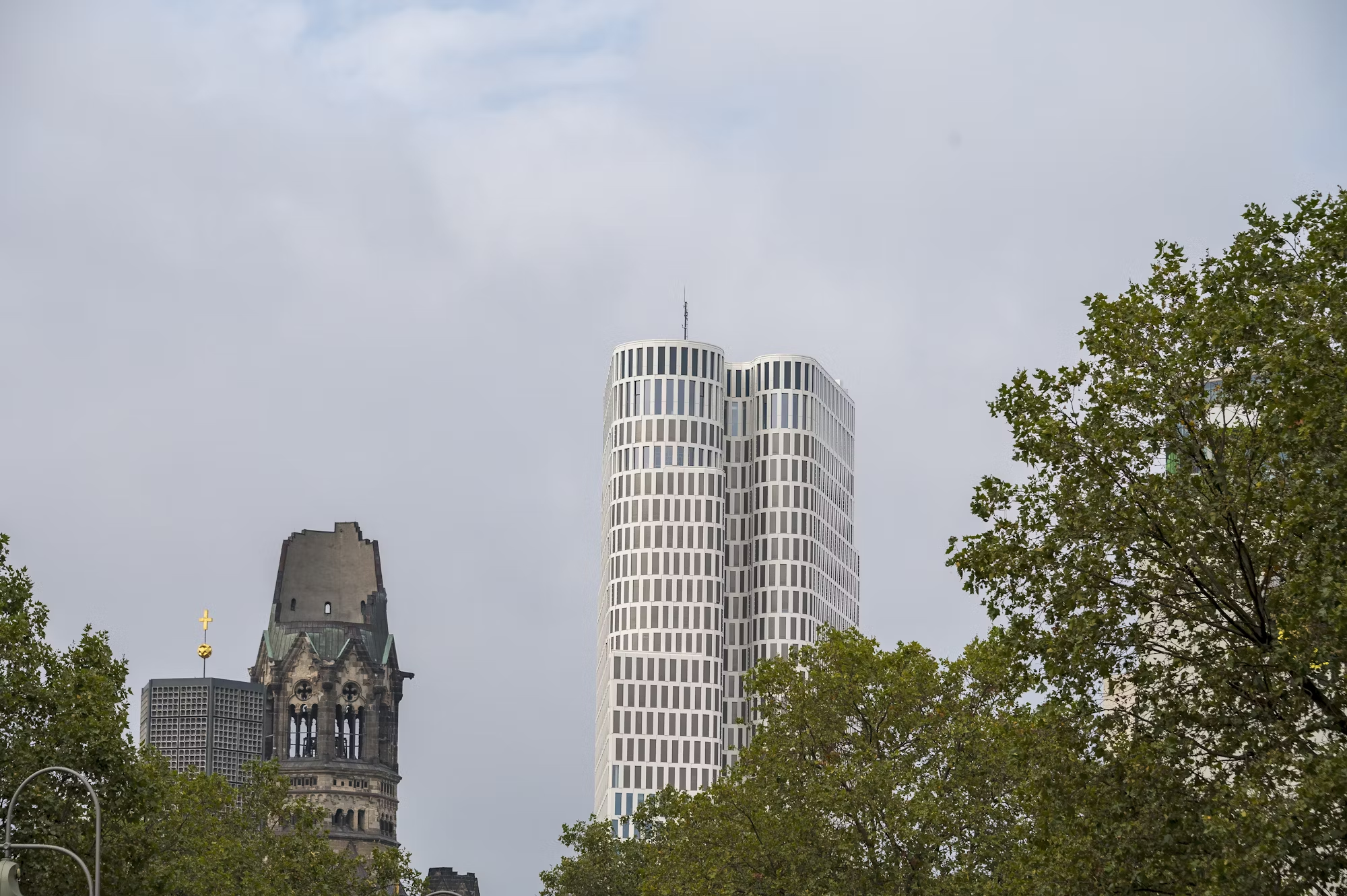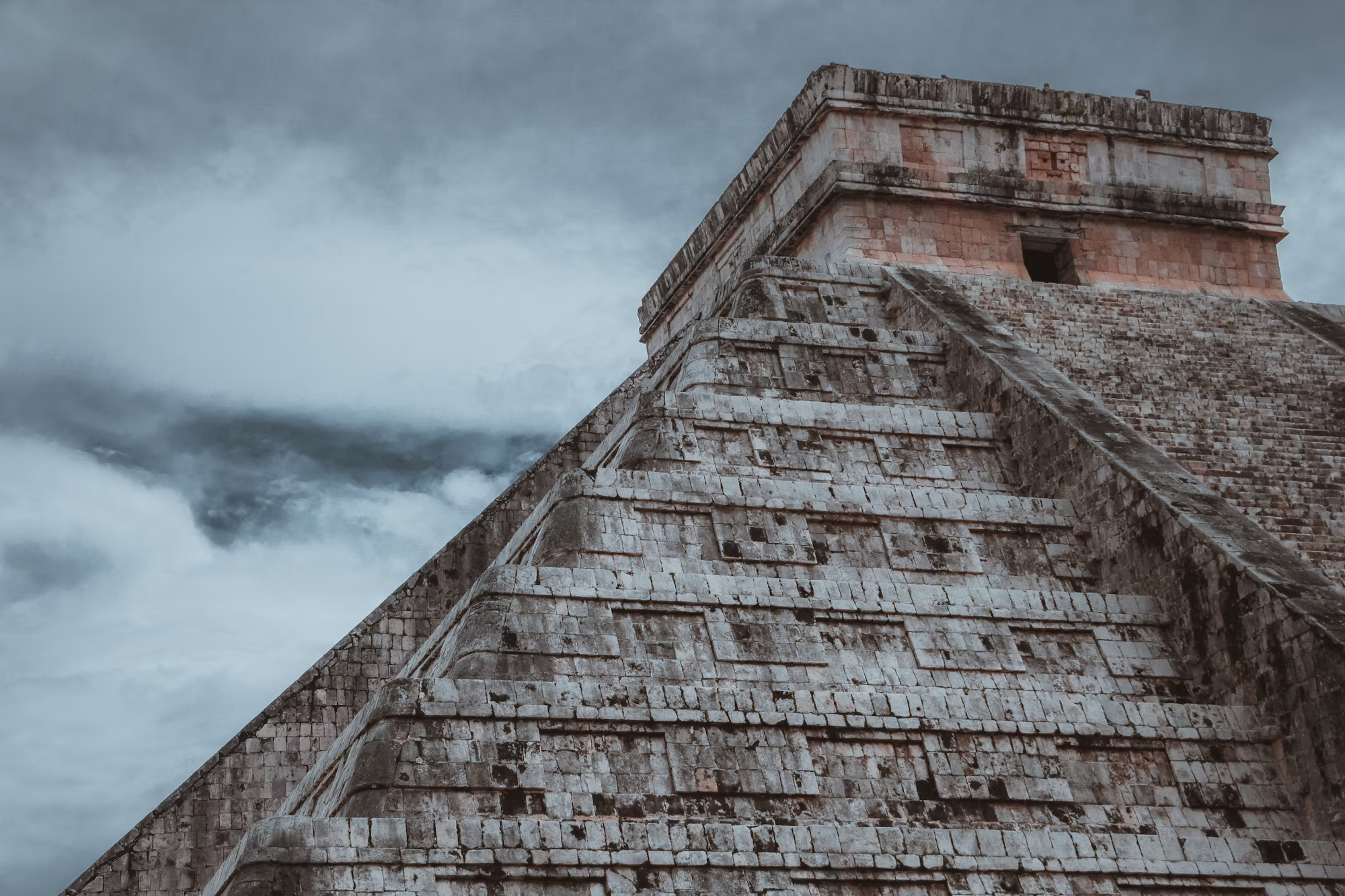When it comes to off-roading, having the right vehicle can make all the difference in your adventure. The thrill of tackling rugged trails, muddy paths, or rocky inclines requires not only skill but also a capable machine designed for the challenge. In this article, we explore the top ten off-road vehicles that every enthusiast should consider, highlighting their unique features and capabilities.
1. Jeep Wrangler: The Iconic Off-Road Champion
The Jeep Wrangler is synonymous with off-roading, offering a blend of ruggedness and versatility. Its compact size and exceptional four-wheel-drive system make it ideal for navigating tight trails and rough terrains. With features like high ground clearance, heavy-duty axles, and durable suspension, the Wrangler can tackle anything from rock crawling to mud bogging.
Additionally, the Wrangler is highly customizable, allowing enthusiasts to modify their vehicles with lift kits, bigger tires, and specialized gear. With a strong aftermarket community, you can find endless options to enhance performance and appearance. Whether you choose the two-door or four-door version, the Jeep Wrangler remains a top choice for adventurers seeking both capability and style.
2. Toyota 4Runner: The Perfect Blend of Comfort and Capability
The Toyota 4Runner is a favorite among those who want a rugged vehicle that doesn’t compromise on comfort. This midsize SUV is built on a truck chassis, providing the strength needed for serious off-roading. With features like multi-terrain select, crawl control, and a locking center differential, the 4Runner excels in a variety of terrains.
Its spacious interior makes it suitable for family trips or longer adventures, while the optional third-row seating adds versatility. The 4Runner is also known for its reliability, ensuring that you can depend on it for many years of off-road exploration.
3. Ford Bronco: A Modern Classic
After much anticipation, the Ford Bronco has made a triumphant return to the off-road scene. With its retro styling and modern engineering, the Bronco offers a robust four-wheel-drive system, advanced terrain management features, and exceptional ground clearance. Its independent front suspension provides superior ride quality, making it suitable for both on-road and off-road use.
The Bronco comes in various trims, each designed to cater to different driving styles. Whether you opt for the two-door or four-door version, you’ll enjoy ample cargo space and customizable options to make it truly your own. The Bronco’s combination of heritage and innovation makes it a must-consider for any off-road enthusiast.
4. Land Rover Defender: Luxury Meets Capability
The Land Rover Defender is the epitome of luxury off-roading. Known for its legendary off-road prowess, the Defender is equipped with advanced technology that enhances its capabilities on challenging terrains. With features like adjustable air suspension, all-terrain progress control, and a highly capable four-wheel-drive system, the Defender can conquer everything from rocky trails to deep mud.
Inside, the Defender offers a plush cabin with premium materials, high-tech infotainment systems, and ample space for passengers and gear. It combines luxury with ruggedness, making it suitable for both weekend adventures and daily driving. The Defender is perfect for those who appreciate a vehicle that performs exceptionally well in the wild without sacrificing comfort.
5. Subaru Outback: The Adventurer’s Wagon
For those who seek a more versatile off-road vehicle, the Subaru Outback is a great option. While it may resemble a traditional wagon, the Outback is equipped with all-wheel drive and higher ground clearance, making it capable of tackling light off-road trails and rough terrain. Its symmetrical all-wheel-drive system provides excellent traction, and the vehicle’s balance and stability are noteworthy.
The Outback’s spacious interior and cargo capacity make it suitable for outdoor enthusiasts who need room for gear, bikes, or camping supplies. Its reputation for reliability and safety further enhances its appeal, making it a practical choice for those who enjoy outdoor activities without diving into hardcore off-roading.
6. Toyota Tacoma: The Compact Powerhouse
The Toyota Tacoma is a compact pickup truck that packs a punch when it comes to off-roading. Known for its durability and dependability, the Tacoma offers a robust four-wheel-drive system and high ground clearance. With its off-road package options, such as the TRD Off-Road and TRD Pro trims, the Tacoma is designed to handle rocky trails, deep sand, and muddy paths.
The Tacoma’s bed provides versatility for transporting gear, making it an excellent choice for camping trips or outdoor adventures. Its off-road capabilities, combined with Toyota’s reputation for reliability, ensure that you can take on any terrain with confidence.
7. Chevrolet Colorado ZR2: Performance Meets Utility
The Chevrolet Colorado ZR2 is a midsize pickup truck that is purpose-built for off-road performance. With features like front and rear locking differentials, specialized suspension, and skid plates, the ZR2 is designed to tackle the toughest terrains. Its powerful engine options provide plenty of torque for climbing steep inclines and navigating challenging trails.
The Colorado ZR2 also offers a comfortable cabin with modern technology, ensuring that you enjoy every aspect of your adventure. With its balance of performance and utility, the Colorado ZR2 is an excellent choice for off-road enthusiasts who want a capable truck for work and play.
8. Jeep Gladiator: The Ultimate Off-Road Truck
The Jeep Gladiator combines the ruggedness of the Wrangler with the utility of a pickup truck. This unique vehicle features a 5-foot truck bed, providing ample space for gear while still offering exceptional off-road capabilities. With features like skid plates, rock rails, and a powerful four-wheel-drive system, the Gladiator can take on any trail with ease.
The removable roof and doors allow for an open-air driving experience, adding to the fun of off-roading. Whether you’re hauling equipment for a camping trip or navigating challenging terrains, the Gladiator is built for adventure, making it a standout choice in the off-road truck market.
9. Nissan Frontier: The Affordable Off-Road Option
For those seeking an affordable yet capable off-road vehicle, the Nissan Frontier is worth considering. This midsize truck features a strong V6 engine, four-wheel-drive capabilities, and a sturdy frame, making it suitable for various terrains. The Frontier’s off-road package includes features like skid plates and all-terrain tires, enhancing its capability on rugged trails.
The Frontier is designed with practicality in mind, offering a comfortable interior and a spacious bed for transporting gear. Its competitive pricing makes it an attractive option for those looking to enter the world of off-roading without breaking the bank.
10. Mercedes-Benz G-Class: Luxury Off-Roading
The Mercedes-Benz G-Class, often referred to as the G-Wagon, is a luxury SUV that doesn’t shy away from off-road adventures. With its boxy design and impressive capabilities, the G-Class is equipped with a robust four-wheel-drive system, locking differentials, and adjustable air suspension, allowing it to tackle challenging terrains with ease.
Inside, the G-Class boasts a luxurious interior filled with high-end materials, advanced technology, and spacious seating. This combination of luxury and capability makes it an elite choice for those who desire both performance and comfort during their off-road excursions.
Conclusion: Choose Your Adventure
With so many incredible off-road vehicles available, finding the right one for your adventures can be an exciting journey in itself. Whether you prefer the classic ruggedness of the Jeep Wrangler or the luxury of the Mercedes-Benz G-Class, each vehicle offers unique features that cater to different preferences and styles of off-roading.
Consider your specific needs, terrain preferences, and whether you prioritize comfort, performance, or utility. No matter which vehicle you choose, the thrill of off-roading awaits, offering countless opportunities to explore the great outdoors and create lasting memories.







